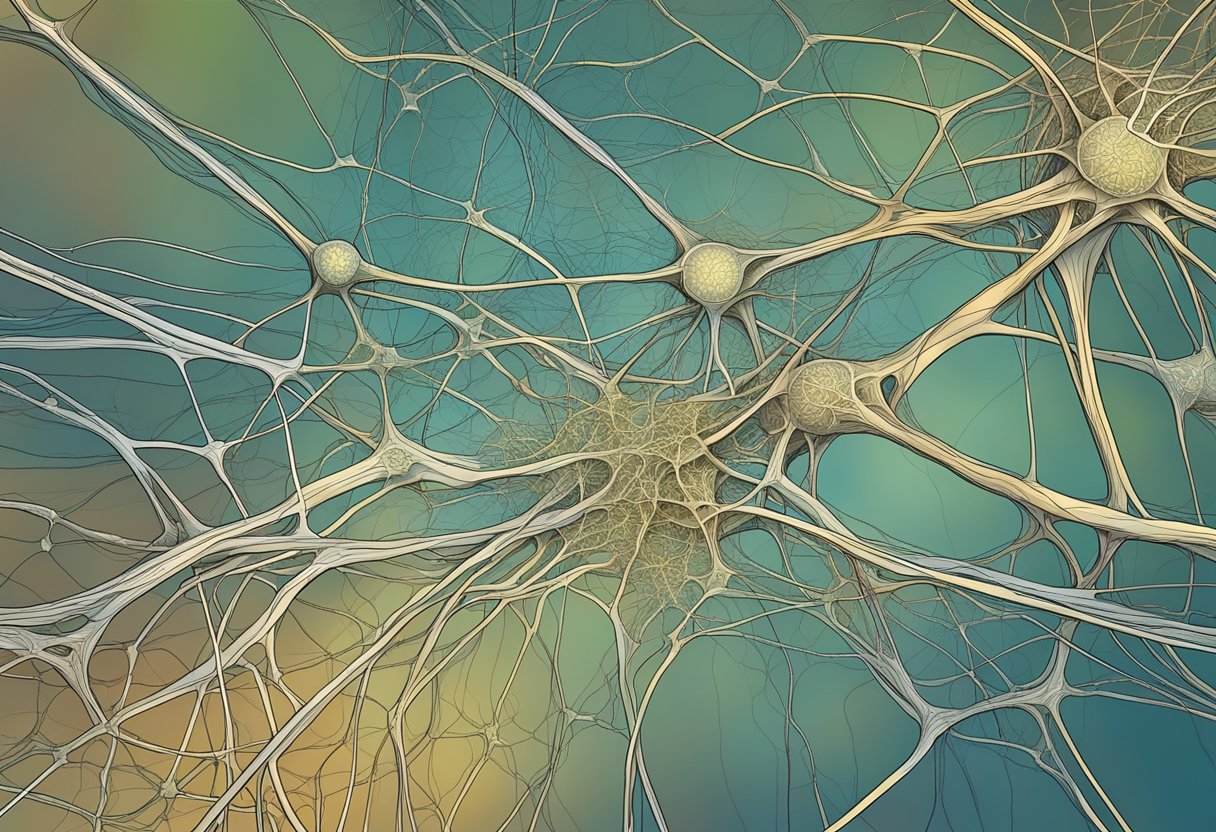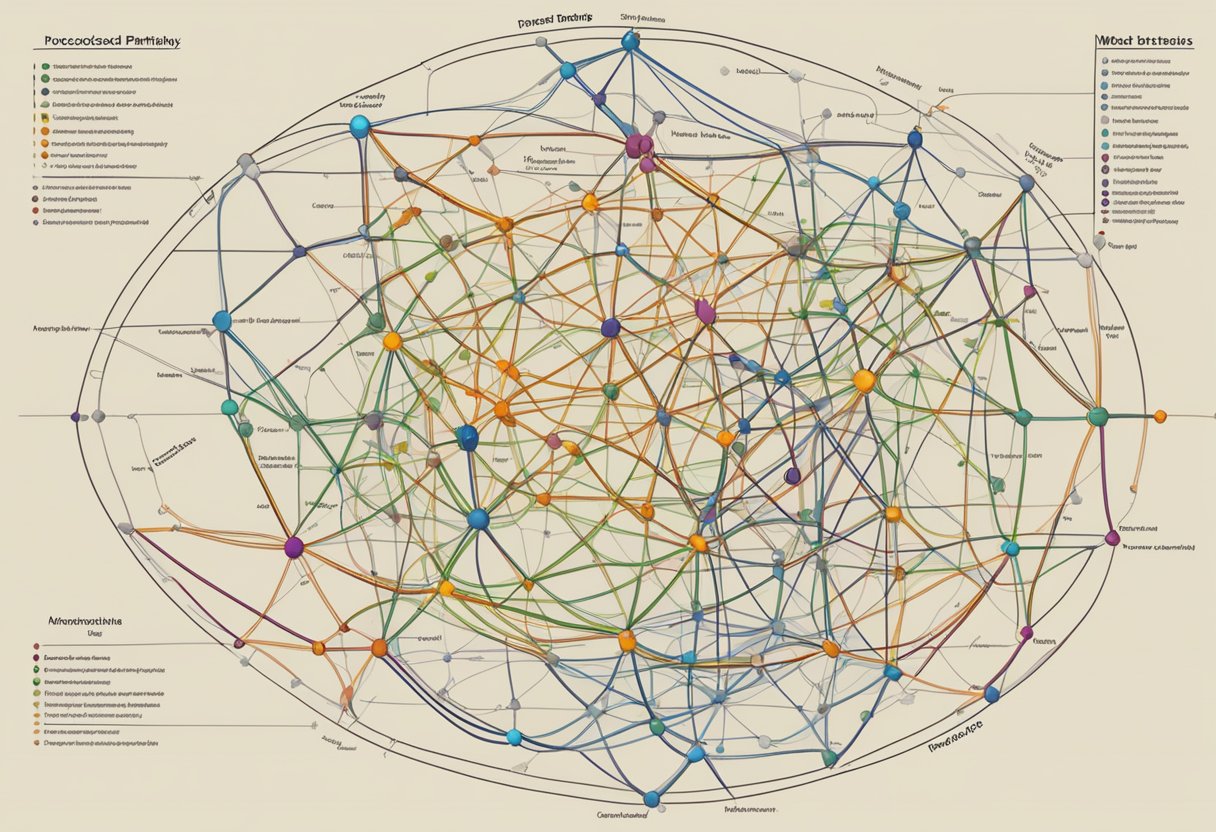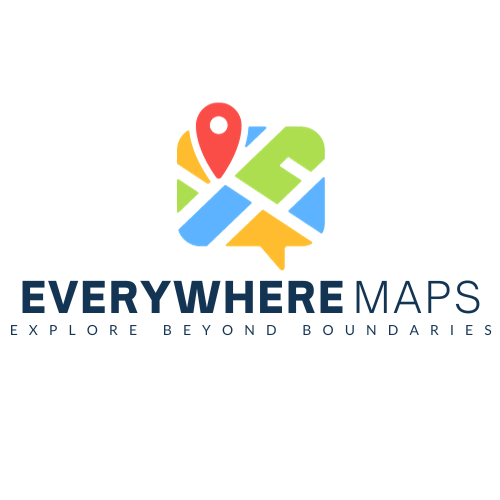Mind Mapping Madness: Navigating the Psyche with Psychological and Conceptual Maps
Mapping the mind is a fascinating field of study that seeks to understand the complex workings of the human brain. It is a multidisciplinary field that draws on psychology, neuroscience, and cartography to develop new insights into how we think, learn, and remember. By using a variety of mapping techniques, researchers can gain a better understanding of the way our minds work, and how we can use this knowledge to improve our cognitive abilities.

Cartography of Cognition: Mind Mapping Essentials is an essential part of the mapping process. It involves creating visual representations of the way we think, using diagrams, charts, and other graphical tools. These maps can help us to organize our thoughts, identify patterns and connections, and develop new insights into complex problems. They can also be used to improve our learning and memory, by helping us to retain information more effectively.
The Mind’s Atlas: Navigating Mental and Conceptual Territories is another key area of study in mapping the mind. It involves developing a better understanding of the way we navigate our mental and conceptual territories, and how we can use this knowledge to improve our cognitive abilities. By creating detailed maps of our mental and conceptual landscapes, we can gain new insights into the way we think, learn, and remember, and develop new strategies for enhancing our cognitive abilities.
Key Takeaways
- Mapping the mind is a multidisciplinary field that draws on psychology, neuroscience, and cartography to develop new insights into how we think, learn, and remember.
- Cartography of Cognition: Mind Mapping Essentials involves creating visual representations of the way we think, using diagrams, charts, and other graphical tools.
- The Mind’s Atlas: Navigating Mental and Conceptual Territories involves developing a better understanding of the way we navigate our mental and conceptual landscapes, and how we can use this knowledge to improve our cognitive abilities.
Cartography of Cognition: Mind Mapping Essentials
https://www.youtube.com/watch?v=g7j_CoKD1Xs&embed=true
The Brain’s Blueprint: Understanding Cognitive Maps
Our brain is a complex construct, capable of processing and storing vast amounts of information. But how does it manage to do so? Cognitive mapping is the answer. A cognitive map is a mental representation of the spatial layout of our surroundings, and it allows us to navigate, orient ourselves, and remember places.
Mind Mapping vs. Concept Mapping: A Mental Smackdown
Mind mapping and concept mapping are two of the most popular techniques used for creating visual representations of information. But what’s the difference between the two? Mind mapping is a technique that uses a central idea or topic and branches out into sub-categories or annotations. On the other hand, concept mapping is a technique that shows the relationship between concepts, enhancing learning by visualizing the relationship between ideas.
Tools of the Trade: From Pens to Pixels
When it comes to mind mapping, there are plenty of tools that you can use to create your own mental maps. From pens and paper to computer software, sticky notes, and pencils, the options are endless. The key is to find a tool that works for you and your goals.
Visualization is a crucial aspect of mind mapping. Diagrams, images, and patterns help us understand complex concepts and prioritize information. Visualization is also essential in problem-solving and planning.
Conclusion
In conclusion, mind mapping is a flexible technique that allows us to create mental models that enhance our comprehension, memory, and learning. It’s a technique that can be used in education, management, personal health, and critical thinking. Whether you prefer pen and paper or computer software, mind mapping is a technique that can help you organize your thoughts, ideas, and information in a non-linear, interconnected way.
The Mind’s Atlas: Navigating Mental and Conceptual Territories
https://www.youtube.com/watch?v=v9K1SWou9F8&embed=true
As we navigate through life, we encounter a vast array of mental and conceptual territories. From understanding complex ideas to mapping out our daily tasks, our minds are constantly processing information and creating maps to help us navigate through the world.
Spatial and Non-Spatial: The Mental Compass
Just like a physical atlas helps us navigate through space, our minds create mental maps to help us navigate through non-spatial concepts as well. These mental maps are not limited to physical spaces, but also include abstract concepts such as relationships, work, and learning.
For example, when we are learning a new topic, our minds create a mental map to help us understand and organize the information. This mental map allows us to see the connections between different concepts and helps us remember the information better.
The Psychology Behind Mapping: Not Just for Pirates and Malls
Mapping is not just for pirates and mall-goers. In fact, mapping has been a fundamental part of human development and history. From the earliest cave paintings to the latest mind mapping software, humans have been using maps to understand and navigate through the world.
The psychology behind mapping is complex and fascinating. It involves the creation of mental models, the processing of spatial information, and the dynamic representation of our environment. In neuroscience, the hippocampus has been identified as a key area involved in spatial navigation. Studies on rats and humans have shown that this area is essential for learning and remembering directions.
But mapping is not just limited to spatial navigation. It also involves the processing of non-spatial information, such as relationships and context. Our minds create mental maps of our social networks, work relationships, and daily tasks to help us navigate through our lives.
In conclusion, mapping is a fundamental part of our cognitive processing. It allows us to understand and navigate through the world, both spatially and non-spatially. Whether we are navigating through a maze or organizing our daily tasks, our minds are constantly creating mental maps to help us on our journey.
Frequently Asked Questions

Can you give us a tour of the brain’s cartography with some snazzy mind map examples?
Well, we’re not exactly neuroscientists, but we can tell you that the brain is a complex organ with a lot of different regions responsible for different functions. Mind maps are a way to visually represent information and connections between ideas, which can be helpful when trying to understand complex topics. However, mind maps are not a literal representation of the brain’s cartography, so we’ll have to leave the snazzy examples to the experts.
Do our brains come with a built-in GPS, and if so, how do cognitive maps work?
Our brains do have a way of creating mental maps that help us navigate our environment, known as cognitive maps. These maps are created by a network of brain cells that work together to store and retrieve spatial information. While it’s not exactly a GPS, cognitive maps help us navigate our surroundings and find our way home.
If we get lost in thought, can a mind map help us find our way back?
While a mind map can help organize our thoughts and ideas, it’s not exactly a compass that can guide us back to reality. However, taking a step back and creating a mind map can help us identify and organize our thoughts, which can make it easier to focus and stay on track.
What’s the difference between a concept map and a mind map, and will either help us find where we left our keys?
Concept maps and mind maps are both tools for organizing and visualizing information, but they have different structures and purposes. Concept maps are more hierarchical and focus on relationships between concepts, while mind maps are more free-form and focus on associations between ideas. Unfortunately, neither will help us find our lost keys, but they can help us remember where we put them in the first place!
Is there a mind map therapy that can declutter our mental attic?
While there’s no specific therapy that uses mind maps, many therapists use visual aids like diagrams and charts to help clients organize their thoughts and emotions. Mind maps can be a helpful tool in this process, but they’re not a cure-all for mental clutter.
Are there really only three types of mind maps, or is that just the magic number for simplicity?
While some experts suggest that there are only three types of mind maps – spider maps, hierarchical maps, and concept maps – others argue that there are many different variations and combinations. Ultimately, the type of mind map you create will depend on your personal preferences and the information you’re trying to organize.


